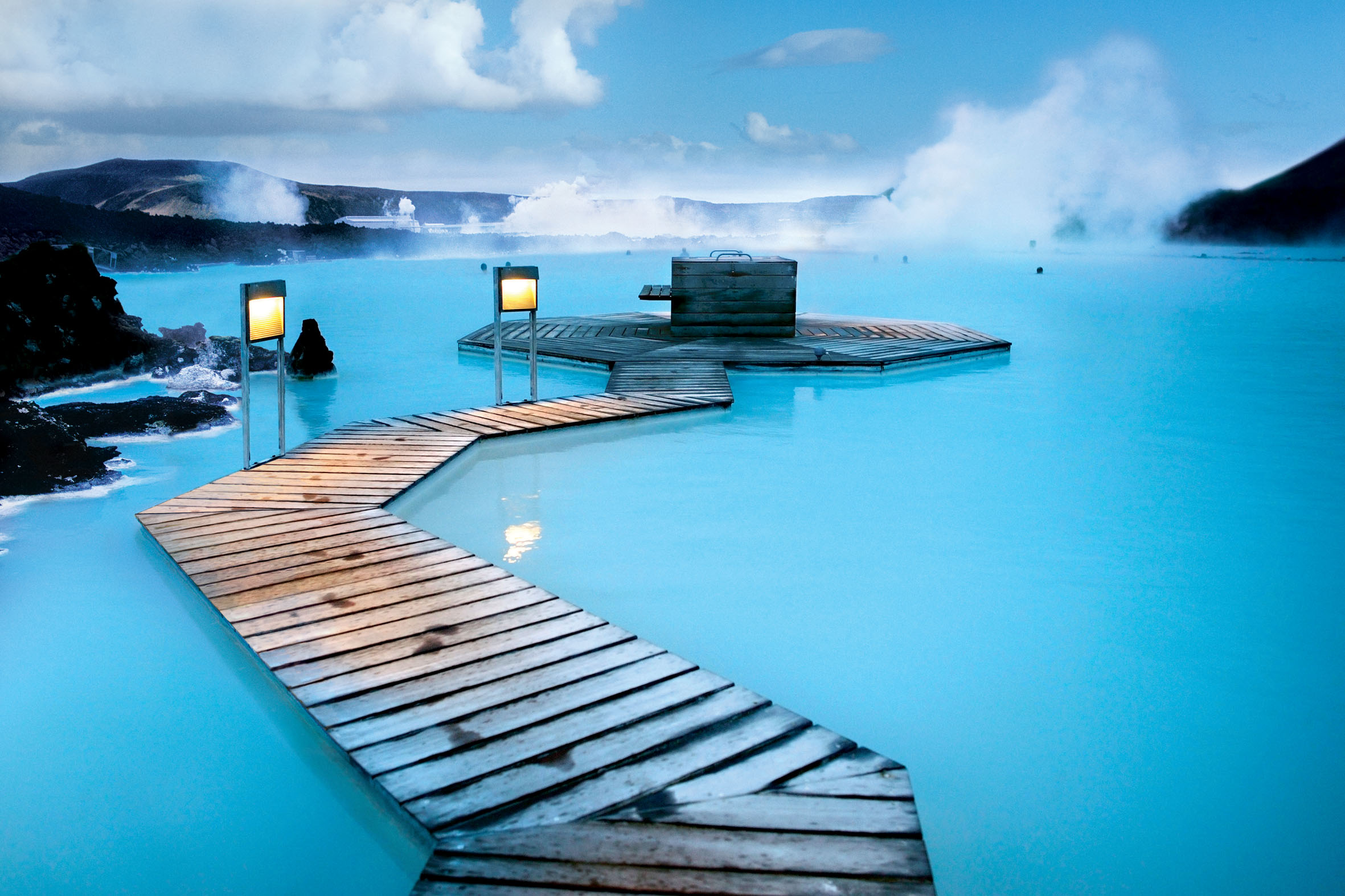What is Balneology?
Balneology classifies types of water usually based on their chemical content.
In the past, mineral water was defined as groundwater with an amount of dissolved solids ≥ 1,000 mg/kg. Nowadays mineral waters include water types with less mineral content if they reach certain typifying boundary values. Natural mineral waters come from subsurface water reservoirs that are protected against pollution and are produced out of natural or artificial source. They are naturally pure and can have certain health benefits due to their composition.
Water with an amount of dissolved solids ≥ 1,000 mg/kg are nowadays defined as healing waters. The classification implies all ions with a content of min. 20 meq% that exceed defined medical boundary values.
Thermal waters must have a temperature of min. 20 °C. Brines for example are waters with a NaCl-content of more than 14 g/kg. If a deep water-bearing geological layer (deep aquifer) is utilized only for balneology, a reinjection into the aquifer is not necessary. The construction of a production well is sufficient. In general, using thermal water for balneology requires only small withdraw rates and thus the sustainability of the water reservoir should not be endangered.


